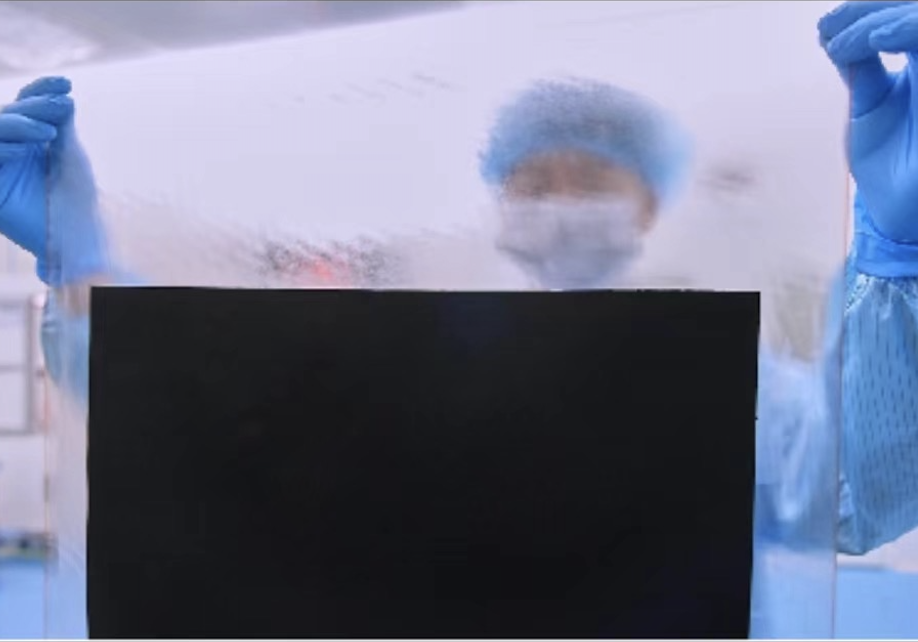Proton Exchange Membrane (PEM) water electrolysis is a promising technology for hydrogen production. It offers high efficiency, compact design, and rapid response to variable energy inputs. A critical component of PEM electrolysis is the catalyst, which facilitates the electrochemical reactions at the anode and cathode. This article explores the role of catalysts in PEM water electrolysis, their challenges, and potential advancements.
Understanding PEM Water Electrolysis
PEM water electrolysis splits water into hydrogen and oxygen using electricity. It consists of three main components: the anode, cathode, and proton exchange membrane. At the anode, water molecules are oxidized to produce oxygen, protons, and electrons. The protons pass through the membrane, while electrons travel through an external circuit. At the cathode, protons combine with electrons to form hydrogen gas.
Catalysts play a vital role in reducing the activation energy required for these reactions. Without catalysts, the efficiency of PEM electrolysis would be significantly lower, making the process economically unfeasible.
Catalysts at the Anode
The anode reaction involves the oxygen evolution reaction (OER), which is kinetically slow and energy-intensive. Precious metal oxides like iridium oxide (IrO₂) and ruthenium oxide (RuO₂) are commonly used as anode catalysts due to their excellent activity and stability. However, their high cost and limited availability pose significant challenges.
Iridium-based catalysts are preferred for their superior stability under acidic conditions. Researchers are exploring ways to reduce iridium content by developing mixed metal oxides or using non-precious metal alternatives. For example, doped transition metal oxides have shown promise as cost-effective OER catalysts.
Catalysts at the Cathode
The cathode reaction involves the hydrogen evolution reaction (HER), which is relatively faster than OER. Platinum-based catalysts are widely used for HER due to their exceptional activity and durability. However, like iridium, platinum is expensive and scarce.
Efforts are underway to develop platinum group metal-free (PGM-free) catalysts for HER. Transition metal phosphides, carbides, and sulfides have emerged as potential alternatives. These materials offer good catalytic performance at a fraction of the cost of platinum.
Challenges in Catalyst Development
Despite significant progress, several challenges remain in catalyst development for PEM water electrolysis. High costs of precious metals limit large-scale deployment. Catalyst degradation under harsh operating conditions affects long-term performance. Additionally, scaling up from laboratory research to industrial applications requires overcoming technical and economic barriers.
One approach to address these challenges is to enhance catalyst utilization through advanced electrode designs. For instance, nanostructured catalysts with high surface area can improve reaction kinetics while reducing material usage. Another strategy involves developing bifunctional catalysts that can perform both OER and HER efficiently.
Recent Advancements in Catalyst Research
Recent advancements in catalyst research focus on improving performance, stability, and cost-effectiveness. Atomic layer deposition (ALD) techniques enable precise control over catalyst composition and structure. This approach has been used to create ultrathin catalyst layers with enhanced activity.
Machine learning and computational modeling are also accelerating catalyst discovery. These tools allow researchers to predict the properties of new materials before experimental validation. As a result, the development cycle for novel catalysts is significantly shortened.
Hybrid catalysts combining precious and non-precious metals are another area of interest. These materials leverage the advantages of both types of metals while reducing overall costs. For example, alloying platinum with transition metals can enhance HER activity and reduce platinum loading.
Environmental Considerations
The environmental impact of catalyst production and disposal is an important consideration. Mining and refining precious metals have significant ecological footprints. Recycling spent catalysts can mitigate these impacts while recovering valuable materials.
Green synthesis methods for catalyst production are gaining attention. These methods use renewable resources and environmentally benign processes to minimize waste and emissions. For example, bio-inspired approaches mimic natural processes to create efficient catalysts.
Future Directions
The future of PEM water electrolysis depends on continued advancements in catalyst technology. Developing earth-abundant, high-performance catalysts is crucial for reducing costs and increasing accessibility. Integrating renewable energy sources with PEM systems can further enhance sustainability.
Collaborative efforts between academia, industry, and government are essential to accelerate progress. Public funding for research and development can support innovative projects aimed at overcoming current limitations.
In conclusion, catalysts are indispensable for the efficient operation of PEM water electrolysis systems. While challenges remain, ongoing research offers promising solutions to make hydrogen production more sustainable and affordable. By addressing these challenges, PEM water electrolysis has the potential to play a pivotal role in the global transition to clean energy.

